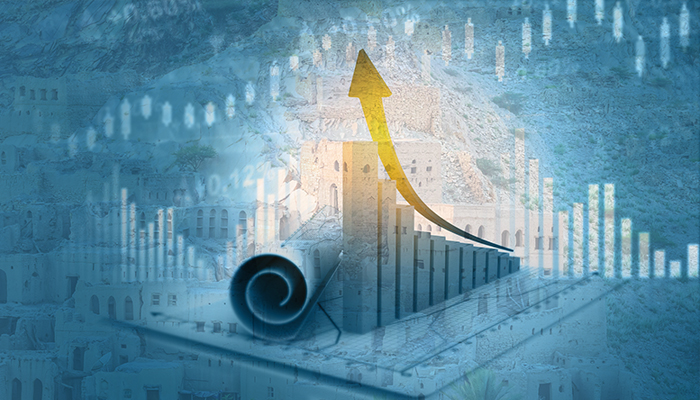
Muscat: Oman’s economy is projected to continue its recovery and strengthen over the medium-term, driven by robust energy prices, expansion of oil and gas production, and wide-ranging structural reforms, according to a new report.
“The gross domestic product (GDP) growth is expected to reach 4.5 per cent in 2022 before moderating to an average of 3.2 per cent in 2023-24,” a new World Bank Gulf Economic Update (GEU) report said.
“The overall fiscal deficit is expected to turn into a surplus of nearly 6 per cent of GDP in 2022—the first surplus in almost a decade—reducing gross financing needs,” the report added.
The external balance is swinging back into surplus on the back of higher oil receipts and recovery in non-oil exports.
The Gulf Cooperation Council (GCC) economies are projected to expand by 6.9 per cent in 2022 before moderating to 3.7 per cent and 2.4 per cent in 2023 and 2024, the report commenting on the economies of the GCC said.
Easing of pandemic restrictions and positive developments in the hydrocarbon market drove strong recoveries in 2021 and 2022 across the GCC.
Strong economic recovery and supply chain bottlenecks raised inflation in the GCC to an average rate of 2.1 per cent in 2021—up from 0.8 per cent in 2020. Supported by higher hydrocarbon prices, the GCC region is expected to register strong twin surpluses in 2022 and over the medium term, the report said.
The regional fiscal balance is projected to report a surplus of 5.3 per cent of GDP in 2022—the first surplus since 2014— while the external balance surplus is expected to reach 17.2 per cent of GDP.
The GEU also examines the development of the green growth sectors and looks at the potential opportunities this could provide for GCC countries, in its report titled ‘Green Growth Opportunities in the GCC.’
The report discusses GCC countries’ plans to decrease the use of fossil fuels to generate electricity, their aim to increase the capacity of renewable energy to power domestic electricity needs, and their goals to enhance the role of the private sector and reduce the role of the public sector.
“The region could use the green growth transition to focus policies on developing green technologies and associated skilled labour that would reverse trends in productivity and enable the region to grow faster.”
The GCC countries’ total GDP is projected to be close to US$2 trillion in 2022. If the GCC continued business as usual, their combined GDP would grow to an expected US$6 trillion 2050.
However, if GCC countries implemented a green growth strategy to help accelerate their economic diversification, their GDP could have the potential to grow to over US$13 trillion by 2050.
The special focus section of the GEU highlights the size of the addressable market for green growth, focusing on the major upstream and downstream sectors of the green economy, including renewable energy, green buildings, sustainable transport, water management, and waste management.
In addition, it covers green finance as a critical enabler for new investments.
Focusing on green growth in the Gulf region is entirely in line with GCC vision documents that outline an image of the economy of the future that increasingly relies on the private sector playing a leading role in investment, job creation, and value addition.
It also looks at how the climate agenda could be used to further diversify their economies in high growth sectors, including the upstream and downstream industries for the energy transition.
“There is an excellent and timely opportunity to diversify the economy further using a green growth strategy and playing a leading role in the global transition to low-carbon economies,” said Issam Abousleiman, World Bank Regional Director for the GCC.
“The region could use the green growth transition to focus policies on developing green technologies and associated skilled labor that would reverse trends in productivity and enable the region to grow faster.”
The GCC countries’ total GDP is projected to be close to $2 trillion in 2022. If the GCC continued business as usual, their combined GDP would grow to an expected $6 trillion 2050. However, if GCC countries implemented a green growth strategy to help accelerate their economic diversification, their GDP could have the potential to grow to over $13 trillion by 2050.
The special focus section of the GEU highlights the size of the addressable market for green growth, focusing on the major upstream and downstream sectors of the green economy, including renewable energy, green buildings, sustainable transport, water management, and waste management. In addition, it covers green finance as a critical enabler for new investments.
Focusing on green growth in the Gulf region is entirely in line with GCC vision documents that outline an image of the economy of the future that increasingly relies on the private sector playing a leading role in investment, job creation, and value addition.